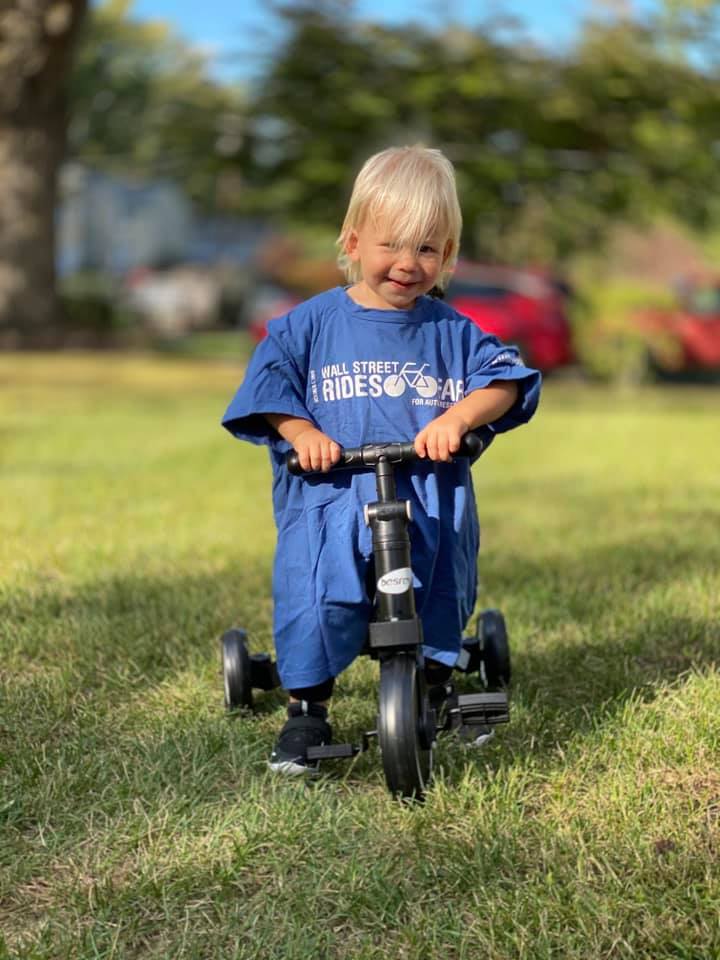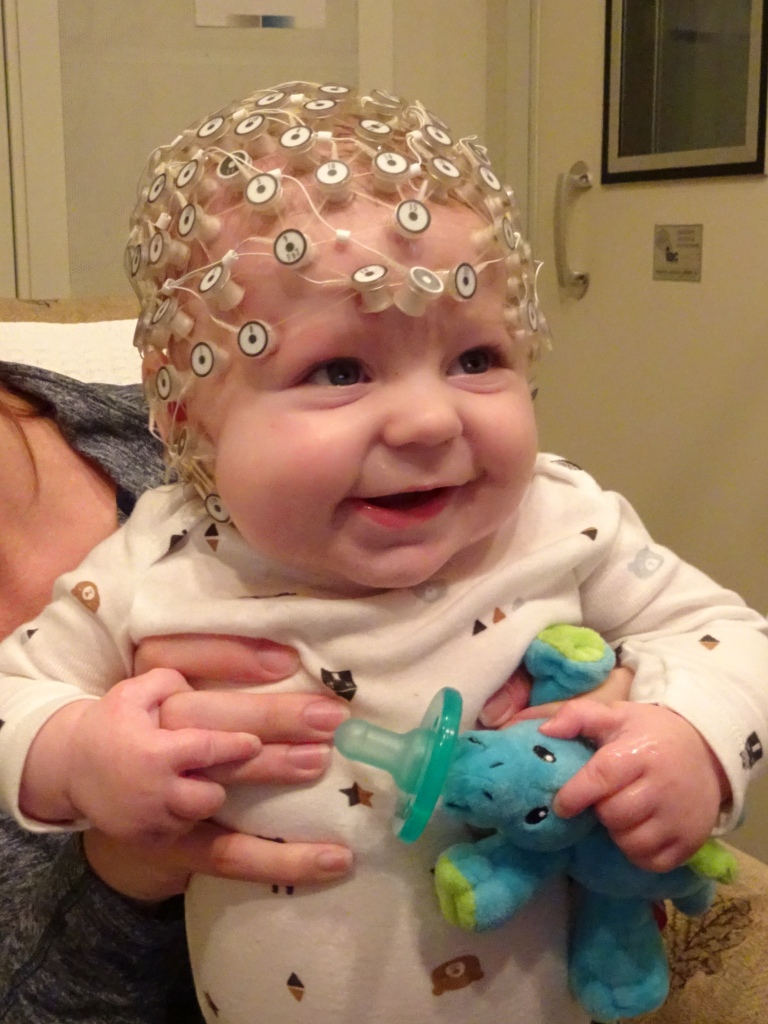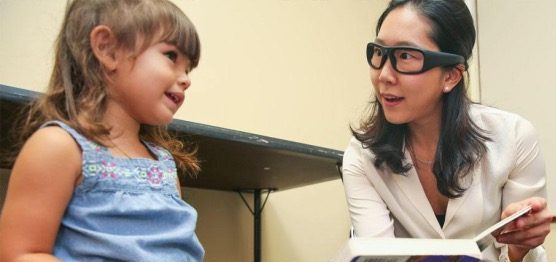Defining Autism
- Autism Spectrum Disorders (ASD) are a complex set of neurological disorders that severely impair social and communicative functioning.
- Individuals with ASD can range from having cognitive impairments to having typical or above average IQs.
- Typical ASD behaviors include lack of interest in other people and other social challenges, stereotyped actions (hand flapping, body rocking), insistence on sameness, resistance to change and, in some cases, aggression or self-injury.
- Between 30-50% of people with autism have seizures.
- Autism was originally believed to be a form of schizophrenia brought on by a traumatic experience or bad parenting. This is not the case.


Autism Prevalence
- In 2023, the Centers for Disease Control and Prevention’s Autism and Developmental Disabilities Monitoring Network determined that approximately 1 in 36 children in the United States have ASD.
Causes of Autism
- Autism is highly heritable. There are many genetic and environmental factors involved with autism. These include both rare and common variants. About 15% of cases of autism can be linked to a specific gene mutation.
- Some of the environmental factors that have been studied include medical conditions in parents, age, toxic chemicals, medications taken during pregnancy and before pregnancy, and diet and nutrition.
- In the late 1990s and early 2000s there was a theory that vaccines given at 18-24 months of age may be responsible for autism. However, we now know that autism starts before birth, even possibly before conception, and that vaccines do not cause autism.
Diagnosis
- It is possible to detect signs of autism in infants as young as 6-18 months. A sign or early identification marker does not mean a child will go on to receive a diagnosis. It means that they need specific support services as early as possible. For example, if a baby fixates on objects or does not respond to people, he or she may be exhibiting early signs of an autism spectrum disorder.
- Older babies and toddlers may fail to respond to their names, avoid eye contact, lack joint attention, or engage in repetitive movements such as rocking, or arm flapping. They may play with toys in unusual ways.
- Parents who notice these signs, or are concerned their children are not meeting developmental milestones, should contact their pediatrician or another health care provider and request a developmental screening. There are a number of standardized tools that can inform clinical judgement about whether the diagnosis is autism or something else.
Treatments
- Scientists agree that the earlier a child receives early intervention services the better the child’s prognosis. All children with autism can benefit from early intervention.
- The most effective treatments available today have been developed and adapted from the theories of applied behavioral analysis (ABA) and occupational, speech and physical therapy.
- There is no cure for autism, and most individuals with ASD will need support and services throughout their lifetime.
- Many supposed “cures” for autism advertised on the internet are not backed by scientific studies and can be harmful.


